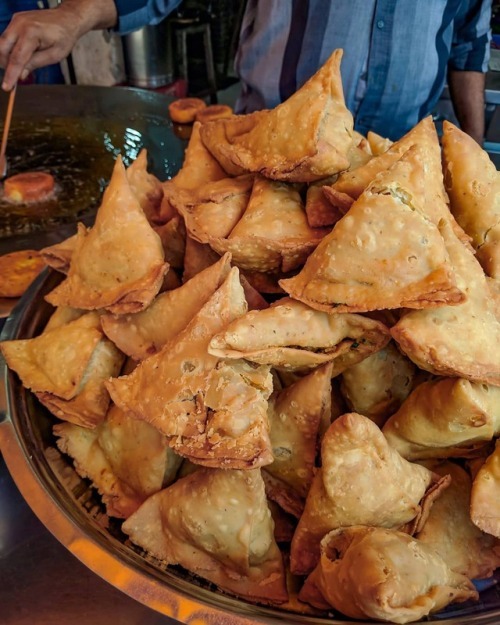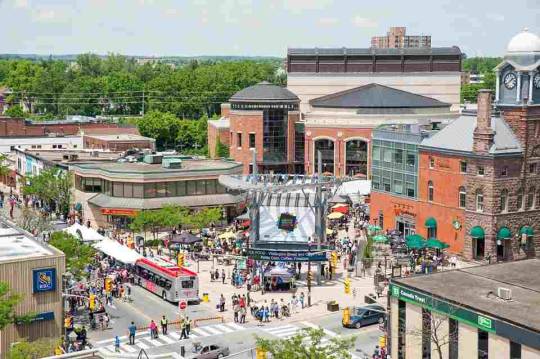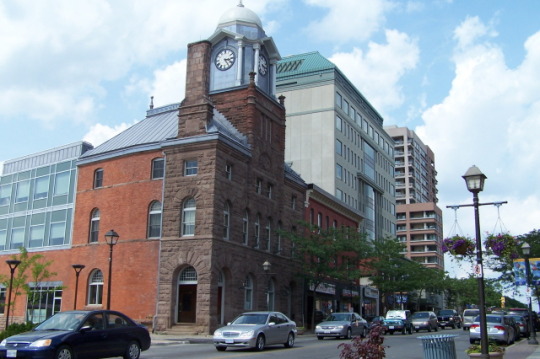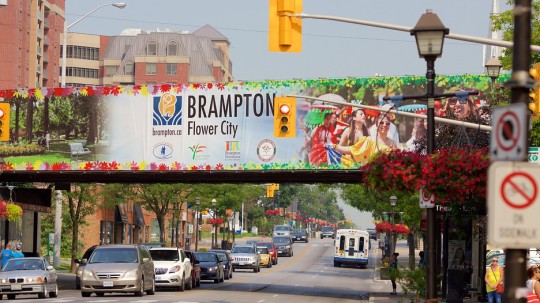Don't wanna be here? Send us removal request.
Text
Lesson 15, Task 4: What Do I Believe In?
I think that a mandatory dress code in schools, most specifically a uniform, is a realistic standard for schools to present for teenagers who are in the process of preparing themselves for adulthood. The use of dress codes and/or uniforms in schools is a debate which has become highly controversial. In my opinion, uniforms should be implemented within schools because they are beneficial to the development of children, especially teenagers, in the sense that they provide ample learning opportunities. To begin, an enforced dress code teaches children discipline. Having a dress code which teachers enforce allows the student to set a standard for how they should look and thus behave in school. Being out of uniform would be disciplined and a proper attitude should be modeled which is perfect for a school setting. The enforcement of this uniform would allow the teens to lean self-discipline which will be a great skill for them to learn at a young age. This will allow students to work well under authority and to obey rules, thus preparing them for adulthood. Secondly, a uniform allows teachers to better identify trespassers. In an extreme situation, let's say a school shooter, it is important to identify who is and is not a student. This is an important aspect to be considered when debating the need for a dress code/uniform. Students safety should always be the first concern when it comes to thinking about the well-being of the students. A uniform provides an preventative measure which makes it easy for school officials to identify people who do not attend the school. Lastly, a dress code/uniform allows students to prepare themselves for the workforce by looking presentable. Most uniforms are fairly formal, consisting of dress pants and a dress shirt or a skirt and a blouse. Although many people seem to agree that the typical school uniform is sexist, the premise of the idea poses a good lesson for teenagers. Dressing and looking nice is an important aspect of growing up and school provides this opportunity for teens to learn this lesson. Tweaking the overall uniform to be less formal and more uniform in design may provide an better option for teenagers to subscribe to. I think the main issue is that uniforms aren’t very appealing or comfortable and I am speaking from experience. Most students just want something comfortable, like sweat pants, and light, like a t-shirt. Price is another aspect which should be further discussed when talking about dress code and implementing a uniform. The uniform for the school should be affordable for everyone, including low-income families. Nonetheless, the benefits of the uniform out-weigh the issues which challenge its use in schools. In conclusion, dress codes have many benefits, and some include teaching lessons of discipline, providing safety measures, and preparing youth for the workforce. Due to these reasons, it is realistic for dress codes and uniforms to be enforced in schools because they provide prime learning opportunities for children to grow in an environment that they will spend a lot of time in.
0 notes
Text
lesson 15, Task 2: What Influences Me?









Canada is a very diverse place to live. In my community alone, there are multitudes of different ethnicities, race, and cultures. Specifically, Ontario is known to be especially diverse, earning the name as the melting-pot for cultural identities. I live in the City of Brampton which has a population that consists mainly of immigrants from Asia. The blend of cultures within my home community proves to be a powerful and influential force which shapes my own identity. The things that I enjoy in my everyday life are encompassed by the community I live in. Through food, fashion, and entertainment, the different cultures that influence my every day life are revealed.
Let’s start by talking about my favorite topic: food. Food is truly the way to my heart and in my community, I have two of my favorite foods that I tend to eat when I don’t want something related to my own Caribbean culture. Samosas are an Indian pastry snack which is filled with potatoes, vegetables, and spices and fried to perfection. There is a large population of people from Sri Lanka or Pakistan which means that there are plenty of dishes like Samosa’s which come from these cultures. There are plenty of places to get good Indian food, especially samosas which are always easily accessible and cheap to purchase. Another food that I’ve grown to love would be the Vietnamese soup called Pho. With medium-rare beef, a clean broth, and tons of hoisin sauce, Pho is a perfect dish to have when you’re feeling under the weather. This food is representative of the Vietnamese and Filipino community within Brampton. I have many friends who are either Vietnamese or Filipino who have introduced and advocated for this food, which has become one of my favorite things to eat. The cultural influences of the Asian community is prevalent throughout my community through the multitudes of businesses which represent these cultures.
Fashion is another aspect of my identity which is influenced by the cultures around me. The influences of Sri Lanka is very strong within the City of Brampton. We have a lot of people who are either black, Asian, or brown. An aspect of fashion within Indian culture that I have taken a liking to would be henna. Henna is a temporary skin dye used to draw intricate designs on the hands or feet. Henna is often used to commemorate important events such as a wedding but can be done recreationally as well. The first time that I did henna was for my high school graduation. It was a nice experience as the woman was nice to talk to and very talented at her job. The piece I received was also quite beautiful as well which made the experience worth the expense. The cultural influence allowed this practice to become commercialized and normalized within Canadian society and it was also easily accessible. These things only make it easier for the influence of this culture to be amplified as it thrives within the community of Brampton.
Lastly, for entertainment and leisure I think it’s important to look at my roots and talk about the one single event that I wait for every single year: Caribana. Caribana is a Caribbean music and dance festival that happens every year in august. Although this event doesn’t specifically take place in Brampton, it is an important cultural influence which draws the entire greater Toronto area together to celebrate Caribbean culture. This festival is filled with live music, dancers, and amazing cultural food. In a sense, it is a one-stop shop for all things Caribbean culture. It’s influence is massive, as it draws hundreds of thousands of people to the heart of Toronto – people of different backgrounds, ethnicities, races, genders, and more. This only further proves the influence of culture on the lives of Canadians within my city and community.
Brampton is a diverse community filled with thousands of people with unique identities. It is interested to discuss and observe how all of these different cultures work to influence society in different ways. Through fashion, food, entertainment and leisure, cultures are able to thrive and survive in a place like Brampton. Brampton’s diversity is so great that it is hard to find the divide between the different cultures which reside in this city. Nonetheless, this only further proves how great of an influence individual cultures can have on personal identity.
0 notes
Text
Lesson 15, Task 1: Where do I live?




Canada’s population, especially that of Ontario, is very diverse. Diversity is seen when looking at different communities and how they are dispersed within the population. Ontario is known to be a melting pot of cultural identities, which is often seen when taking a good look at the community that you live in yourself. When I researched my own community, I noticed how much my community has changed over the years, some of the issues the current demographics of my community reveal, and how my community was able to cope with the challenges posed for our community.
I live in the City of Brampton in Ontario, Canada. When taking an initial glance around my city, I would view Brampton as especially diverse in culture. In fact, over 52 per cent - 308,790 residents of 593,638 - of Brampton’s population was born outside of Canada, which is a two per cent increase from the 2011 Census (Sharma 2019). This is most prevalently seen throughout schooling when I was introduced to a variety of ethnic backgrounds, religions, and even foods – especially my love for samosas. When I was in elementary school, my experience when I was especially small wasn’t very diverse, but throughout the years as I grew, I noticed an increase of diversity in ethnic backgrounds and cultures. This only further proves what the census data depicts which shows that most people are coming to Brampton from Asia, at 195,235 residents (with the most coming from India, Sri Lanka, Pakistan and the Philippines) (Sharma 2019). My friend group mainly consists of individuals with an Asian background, as described by the census data. I’ve lived in Brampton for as long as I can remember and have noticed a significant change within my community throughout the years. Brampton covers 266 square kilometers of area, and with a population of around 593,638 (Brampton Population 2010). I’ve watched as baseball diamonds and strawberry fields have become strip malls and housing developments. My little city has grown from a quiet and quaint little community to a thriving operation which has encountered some concerns and issues. There are many challenges which have been posed when looking at Brampton’s demographics, which is enough to put special emphasis upon.
Over population poses a great risk for the City of Brampton. As stated previously, Brampton’s total population is 593,638 and is only bound to grow with the increased immigration for the city. The population is massive, especially since it was at 503,906 in 2011. Nonetheless, the current population alone is enough to pose the concern of overpopulation for the land area of Brampton. The land area of Brampton can only hold so many people. Currently, the density of the population is nearing 2230 people per square kilometer (Brampton Population 2010). This is an important concern to consider when thinking about how Brampton can thrive as a city. Another issue that should be discussed would be Brampton’s population in relation to race, ethnicity, religion, and culture. When taking a close look at Brampton as a society, it is important to understand some of the issues which arise between the cultures that live within the Brampton community. Brampton is known to be an area with a high population of Indians. This is even more evident throughout the temples and mosques sprinkled throughout the city as well as through the visible minority population mainly consisting of Black, Asian, and Brown people. According to the 2011 Census, visible minorities made up two-thirds of Brampton’s population – five years later, that number is likely higher (and it renders the venerable bureaucratic label “visible minority” completely obsolete). In a sense, the minority has become the white man, as the high rate of immigration within Brampton has further encapsulated the population. Due to this, Racism can become an increased risk for these immigrants and their families. Racism is something that I’ve experienced when I was younger. In the present day, I do not get harassed in that sense, but I do hear about the experiences of my Sikh or Muslim friends getting harassed about their race, ethnicity, or even religion. This only poses a great risk to these communities, as they have become the target of discrimination and harassment despite their right to be here. These issues are important to discuss and even more important to attempt to reconcile and fix in order for Brampton to thrive as the diverse community it truly is.
Over population is a problem which is being solved every day in a number of ways. The first issue would be lack of housing and so that is why Brampton has dedicated so many resources to getting houses built. This also creates more jobs which allow the people who are rapidly moving to Brampton to gain employment. Next, majority of the population consists of families and couples. Detached and semi-detached homes are the key so they build more houses which is seen when looking at my own community. There aren’t many high-rise type of buildings in my area, mostly housing complexes that are detached or semi-detached and apartment buildings sprinkled here or there. These aspects of Brampton’s society accommodate for the increased population. The second challenged that is posed for Brampton would be the issue of racism. Racism is most prevalently seen against the Asian population, which makes up 32% of the population. To be specific, Indians are subjected to a lot of racial discrimination, especially if they are immigrants or have difficulty speaking English. This problem isn’t solved as easily as over-population. Racism is an issue which we must work especially hard to battle against. Brampton is fighting against the prejudice against Indian citizens by allowing cultural communities to have their own say in the politics which impact them. An example of this would be when Gurpreet Singh Dhillon was elected to Brampton council in December, 2014. Becoming the sole non-white councilor (Ahmed-Ullah 2017). This is a massive change which allowed a lot of issues facing the Sikh community to be discussed and problem-solved. I feel that this is the best way to get the government and society to work together in helping Brampton become a welcoming place for immigrants and others who may face discrimination.
The City of Brampton has gone through a massive change throughout the years and this is reflected throughout the census data of 2019. Due to an increase in the immigration rate, Brampton’s population rate has increased to almost 600,000 people of a variety of ethnic, racial, and cultural backgrounds. The mass change that Brampton is going through posed two main issues: racism and over-population. These two issues, although they are very concerning, are being dealt with to the best of the cities capabilities. In order for Brampton’s society to thrive, cultural communities must come together with the government in order for the transition into Brampton’s melting pot of cultures to be as smooth as possible.
0 notes